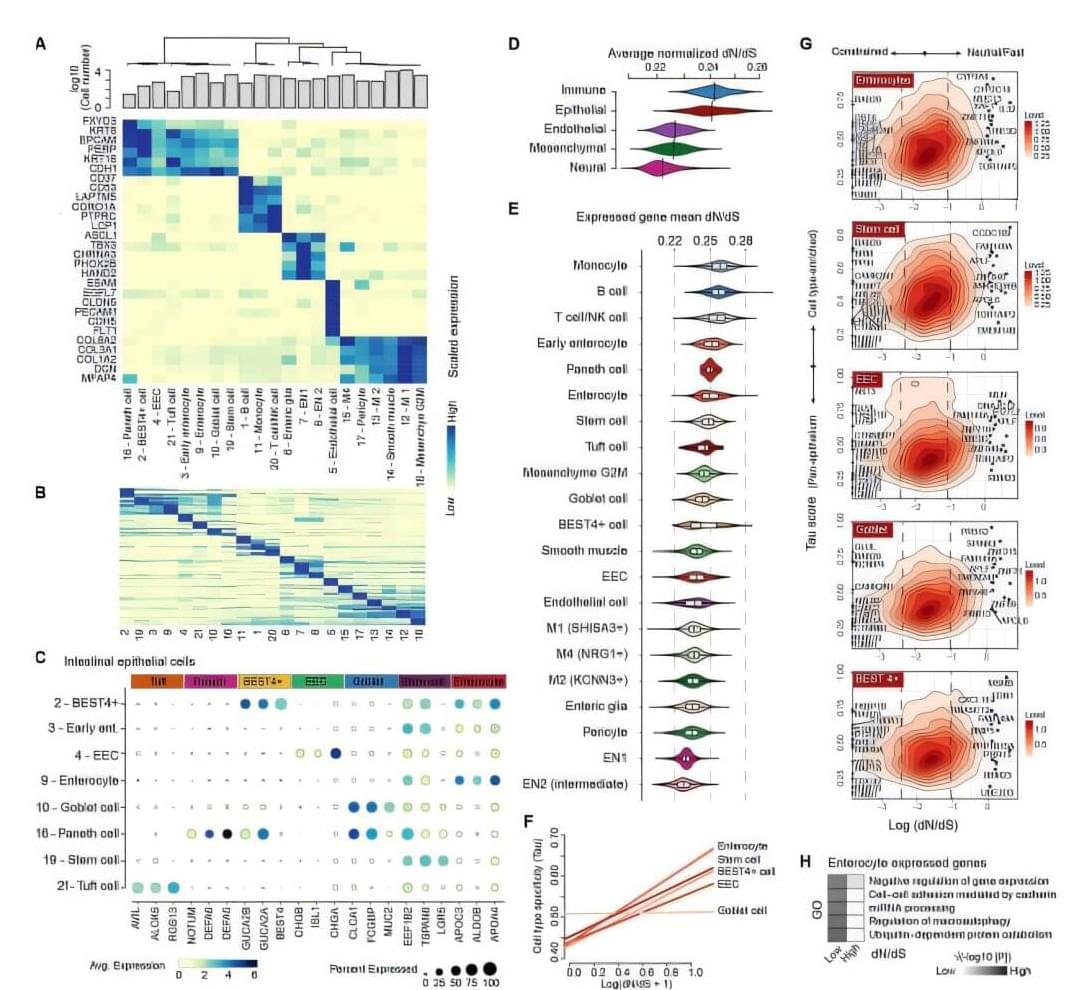A new breakthrough from the Zhang Lab at Boston University is making waves in the world of sound control.
Led by Professor Xin Zhang (ME, ECE, BME, MSE), the team has published a new paper in Scientific Reports titled “Phase gradient ultra open metamaterials for broadband acoustic silencing.”
The article marks a major advance in their long-running Acoustic Metamaterial Silencer project.








